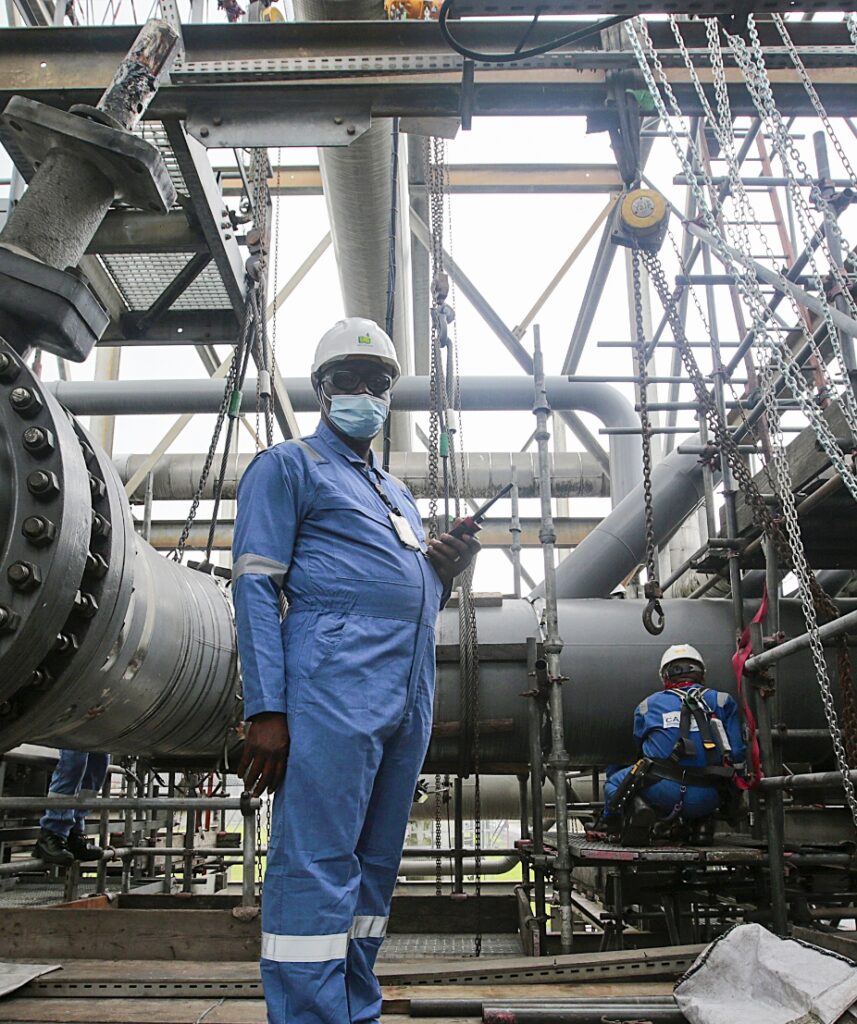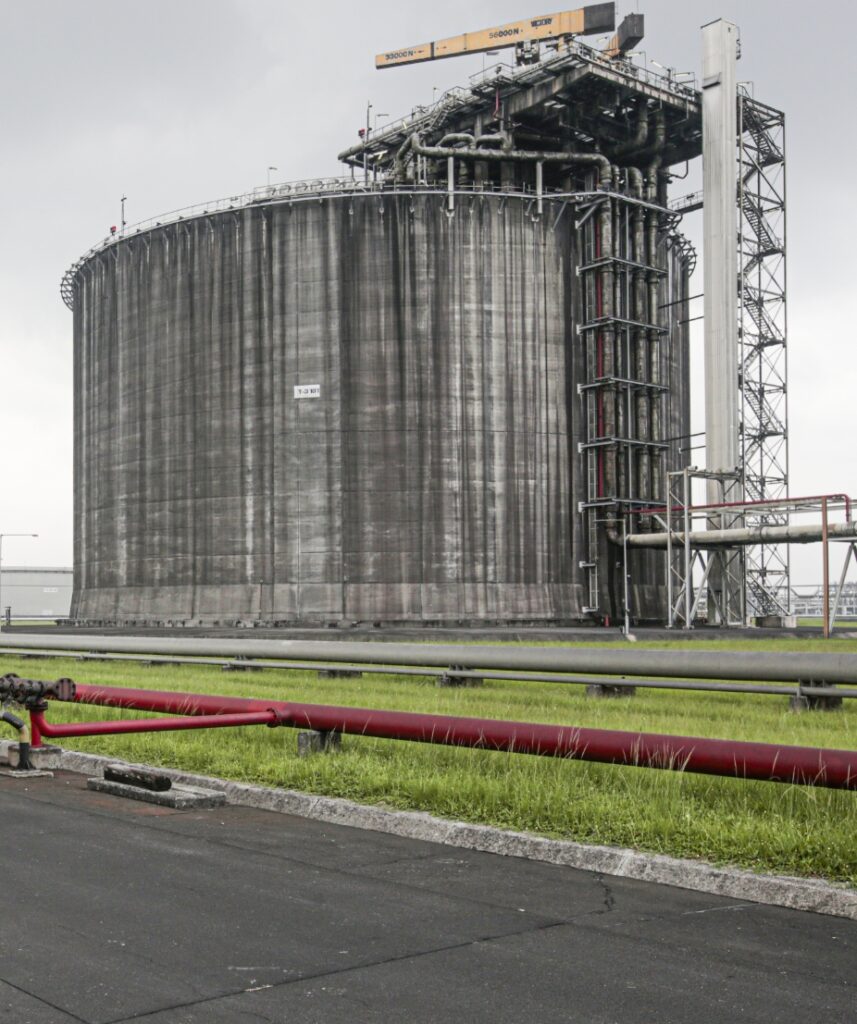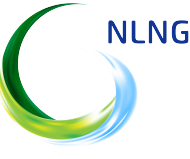The feedgas for NLNG’s operations is sourced from joint ventures (JVs) operating within various concession areas across the Niger Delta, including both onshore and offshore fields.
These gas supplies are governed by long-term Gas Supply Agreements (GSAs) with each JV, ensuring a steady flow of feedgas throughout the life cycle of the projects.
SPDC-JV
Supplies feedgas from fields such as Gbaran Ubie, Soku, Bonny (onshore), and offshore fields like Bonga and EA. These facilities receive gas from a broad spectrum of oil and gas fields, contributing to a reliable gas supply for NLNG.
Additionally, through a special supply arrangement, an indigenous operator, Niger Delta Petroleum Resources (NDPR), supplies natural gas from its Ogbelle-Obumeze facilities.
While currently contributing 1% of NLNG’s daily feedstock at 35 million standard cubic feet per day (mmscf/d), NDPR’s potential for growth is significant.
NAOC-JV
Supplies gas from its Obiafu-Obrikom (OB-OB) Integrated Gas Supply Centre, which sources gas from a variety of fields including Idu, Akri, Kwale, Irri, Oshie, Tebidaba, and Ebocha.
TEPNG-JV
Gas supply to NLNG is derived from onshore fields such as Obite, Ibewa, and Obagi, and offshore platforms like Amenam and Akpo. As part of its flare reduction strategy, TEPNG also supplies
associated gas from its Ofon project through the Amenam offshore plant. The completion of the Obite-Ubeta-Rumuji (OUR) pipeline in 2016 increased TEPNG’s gas supply capacity from 350 mmscf/d to 530 mmscf/d.
Gas supply to NLNG is derived from onshore fields such as Obite, Ibewa, and Obagi, and offshore platforms like Amenam and Akpo. As part of its flare reduction strategy, TEPNG also supplies associated gas from its Ofon project through the Amenam offshore plant. The completion of the Obite-Ubeta-Rumuji (OUR) pipeline in 2016 increased TEPNG’s gas supply capacity from 350 mmscf/d to 530 mmscf/d.
Gas Reserves
in Nigeria
Nigeria is richly endowed with vast natural gas reserves, both associated and non-associated, with an estimated 202 trillion cubic feet (Tcf) of proven reserves. This places the country among the top 10 nations with the largest natural gas reserves globally, with enough to sustain current production levels for approximately 60 years.

Geologists believe Nigeria has the potential to discover up to 600 Tcf of gas, should companies focus on gas exploration instead of finding gas as a byproduct of oil exploration.
The Role of NLNG
in Nigeria’s Gas Market

NLNG is the largest consumer and exporter of natural gas in Nigeria. With a daily consumption of nearly 3.5 billion cubic feet (bcf), it consumes more gas than several industrialised countries, including The Netherlands and Australia.
Beyond LNG production, Nigeria’s natural gas is also vital for domestic power generation, utilities, and industries such as fertilizers and petrochemicals. Additional uses include the West African Gas Pipeline Project and future LNG
developments.
NLNG’s ongoing efforts to eliminate gas flaring and enhance processing capacity place it at the forefront of Nigeria’s transition to more sustainable energy production.

